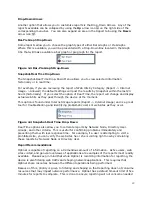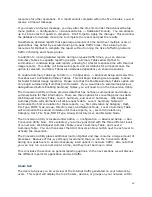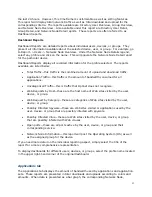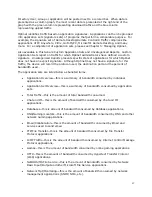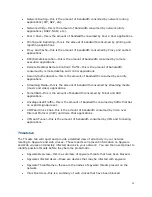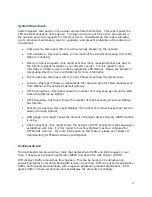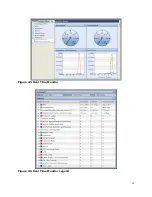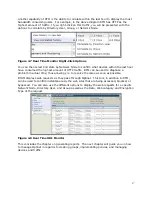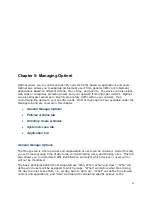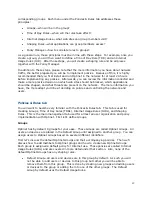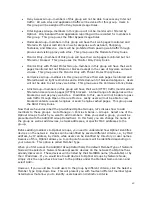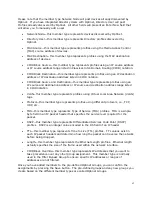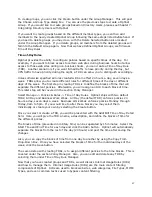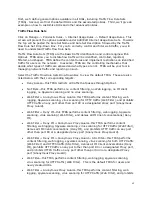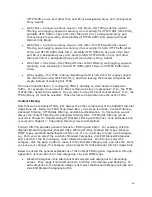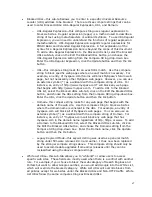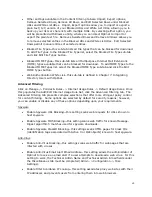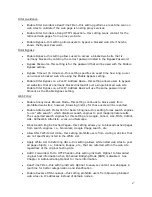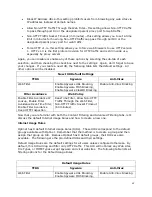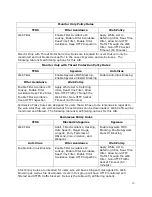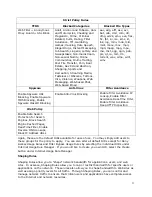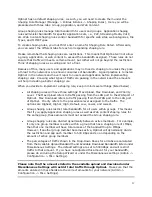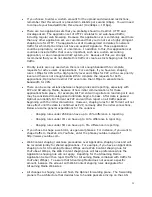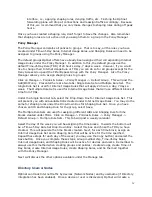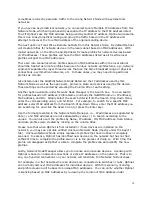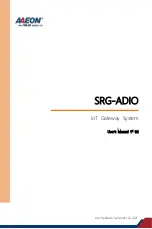
41
Please note that the member type Network Node will post devices already discovered by
Optinet. If you have integrated Directory Users with Optinet, Directory User will post
Profiles already discovered by Optinet. All other fields will present an Enter New field that
will allow you to manually add a user.
•
Network Node—this member type represents devices discovered by Optinet.
•
Directory User—this member type represents Directory profiles discovered by
Optinet.
•
MAC Source—this member type represents profiles using the Media Access Control
(MAC) source address of devices.
•
MAC Destination—this member type represents profiles using the MAC destination
address of devices.
•
CIDR Block Source—this member type represents profiles using an IP source address
or IP source address range listed in Classless Inter-Domain Routing (CIDR) notation.
•
CIDR Block Destination—this member type represents profiles using an IP destination
address or IP destination address listed in CIDR notation.
•
CIDR Block Source and Destination—this member type represents profiles using an
IP source and destination address or IP source and destination address range listed
in CIDR notation.
•
VLAN—this member type represents profiles using Virtual Local Area Network (VLAN)
tags.
•
Protocol—this member type represents profiles using different protocols, i.e., TCP,
UDP, etc.
•
TOS—this member type represents Type of Service (TOS) profiles. TOS is a single-
byte field in an IP packet header that specifies the service level required for the
packet.
•
DSCP—this member type represents Differentiated Services Code Point (DSCP)
profiles. DSCP is an integer value encoded in the DS field of an IP header.
•
TTL—this member type represents Time to Live (TTL) profiles. TTL values exist in
each IP packet headers and determine how long the packet can traverse the network
before being dropped.
•
Length—this member type represents the Ethernet Length profiles. Ethernet length
actually specifies the size of the frame used within the network interface.
•
CIDR Block Override—this member type represents IP addresses that you want to
take precedence over any other group assignment. This member type is normally
used in the Filter Bypass Group to ensure specific IP addresses or ranges of
addresses are not filtered.
Once you have added members to the pre-defined Optinet Groups, you can confirm the
assignments by pressing the Save button. The pre-defined groups and any new groups you
create based on the different member types are called Optinet Groups.



